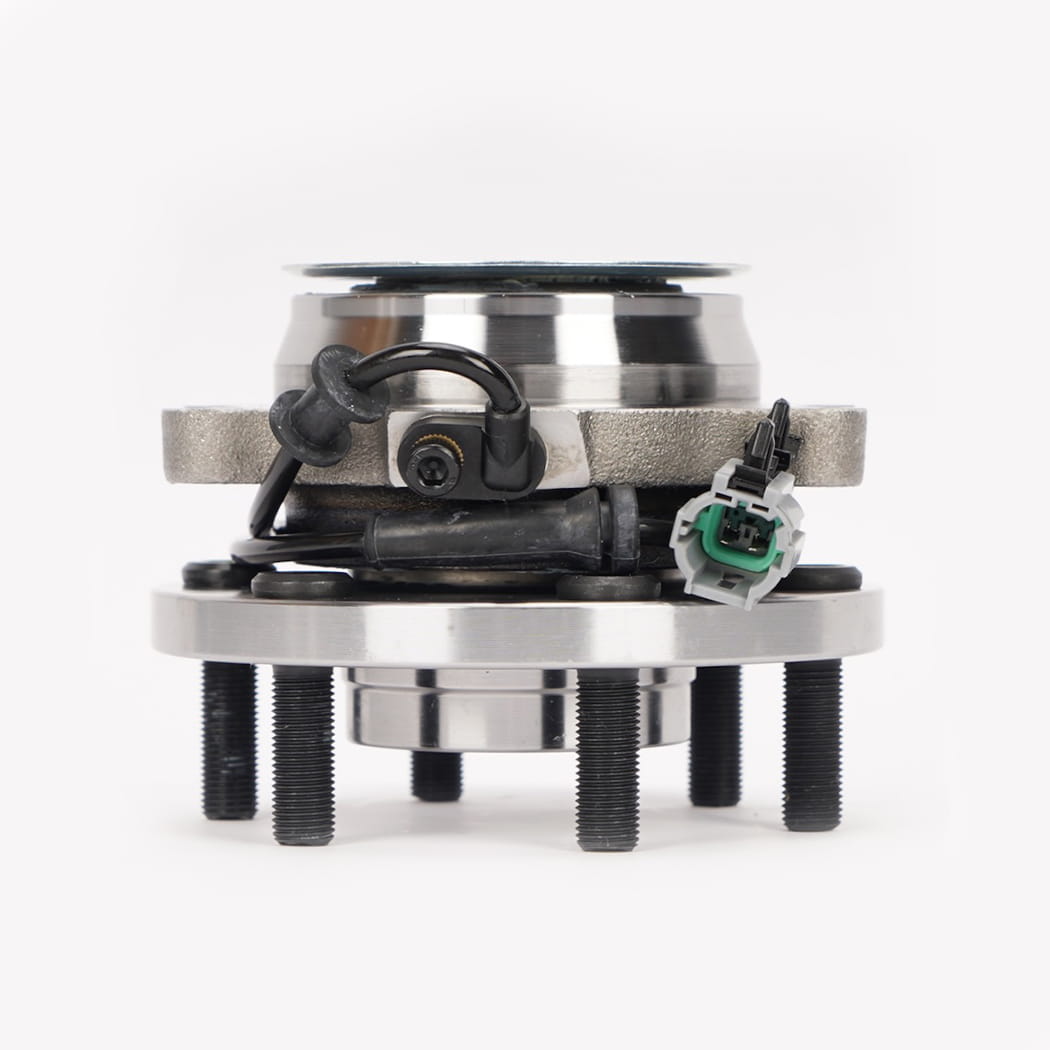The Rear Hub Assembly, also known as the hub bearing or hub unit, is a critical component of a vehicle's suspension and braking systems. While it often goes unnoticed, its role is fundamental to the car's performance, safety, and ride quality. This assembly connects the wheel to the vehicle and allows it to rotate freely, while also supporting the vehicle's weight and handling the forces of acceleration, braking, and cornering.
At its core, a Rear Hub Assembly is a sophisticated unit that integrates several key parts into one pre-assembled component. This design simplifies installation and maintenance. The main parts of the assembly include:
The Hub: The central part of the assembly where the wheel bolts on. It's machined with a precise fit for the wheel and brake rotor.
The Bearing: The heart of the assembly, this allows the hub to rotate smoothly with minimal friction. Modern hub assemblies use sealed bearings, which are protected from contaminants like dirt and water and are lubricated for life, meaning they don't require maintenance.
The Flange: This is the mounting surface that attaches the assembly to the vehicle's axle or knuckle. It must be rigid and durable to withstand the stresses placed on it.
The ABS Sensor: Many modern Rear Hub Assemblies include a built-in anti-lock braking system (ABS) sensor. This sensor monitors the wheel's speed and sends data to the car's computer, which is essential for the ABS and traction control systems.

Identifying a failing Rear Hub Assembly is key to preventing further damage and ensuring your safety. The most common symptom is an audible humming, grinding, or growling noise that gets louder with speed. This noise often changes in pitch when you turn the steering wheel, as the load on the bearing shifts.
Other signs include:
Vibration: A wobbling or vibrating sensation in the steering wheel or through the floor of the car, particularly at certain speeds.
Abnormal Tire Wear: If the bearing is loose, it can cause the wheel to have excessive play, leading to uneven or "cupped" tire wear.
ABS and Traction Control Warning Lights: If the integrated ABS sensor fails, it can trigger a warning light on your dashboard.
Loose Wheel: In a severe case, you might notice play when you try to wiggle the wheel side-to-side or top-to-bottom.
When it's time to replace a Rear Hub Assembly, opting for a high-quality part is crucial. Lower-quality assemblies may use inferior materials or have less precise manufacturing tolerances. This can lead to a shorter lifespan, premature failure, and a higher risk of noise and vibration returning shortly after replacement.
A professional mechanic will not only recommend a high-quality part but will also use the correct tools and torque specifications during installation. This ensures the new assembly is properly seated and aligned, which is essential for its longevity and your vehicle's safety.
In summary, the Rear Hub Assembly is an integral part of your vehicle's mechanical system. Understanding its function and recognizing the signs of failure can help you maintain your car's performance and, most importantly, keep you and your passengers safe on the road.